Brazilian interior architect and designer Vivian Coser is an expert in integrating the unique beauty and functionality of natural stone into furniture design. With a career spanning over 15 years, Coser has embraced the principles of sustainability and biophilic design. In an interview with Stone World, she discusses the use of natural stone in furniture, highlighting its aesthetic and functional qualities, its role in her designs, and the trends expected in the future.
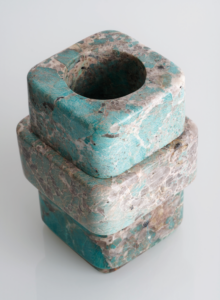
Could you briefly introduce yourself and your career to our readers?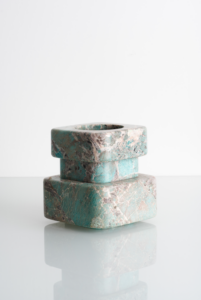
I’m Vivian Coser, a Brazilian architect and designer with a deep passion for integrating nature into the built environment. My career spans over 15 years, and throughout this time, I’ve been committed to creating spaces and products that resonate with the natural world, emphasizing sustainability and innovation. My work is heavily influenced by the principles of biophilic design, which seek to connect people more closely to nature through architecture and interior design
Howdid your interest in using natural stone in interior design begin?
My interest in natural stone began early in my career, when I recognized the unique beauty and resilience of this material. Natural stone, with its inherent textures, colors, and patterns, offers an organic connection to the earth that few other materials can match. It was a natural fit for my design philosophy, which centers around bringing the outside in and creating environments that promote well-being through their connection to nature.
What advantages does the use of natural stone provide in the furniture industry?
Natural stone offers several advantages in furniture design. Firstly, it is incredibly durable and can withstand the test of time, making it ideal for high-traffic areas or pieces that are intended to last for generations. Secondly, it brings a timeless elegance to furniture, with each piece of stone being unique, ensuring that no two pieces are exactly alike. This uniqueness adds a bespoke quality to furniture that is highly valued by discerning clients.
What are the standout features of natural stone in terms of aesthetics and functionality?
Aesthetically, natural stone is unparalleled in its ability to create a statement. Its varied textures, patterns, and colors can either stand out as the centerpiece of a room or complement other design elements in a subtle, sophisticated way. Functionally, natural stone is not only durable but also versatile. It can be used in a variety of applications, from countertops and tabletops to shelving and even intricate decorative elements. It’s also easy to maintain, which adds to its practicality in everyday use.
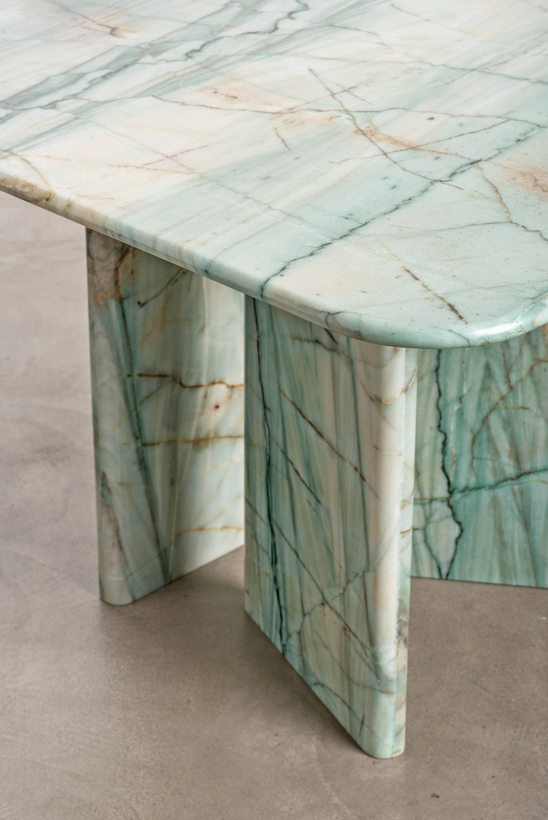
What do you pay attention to when integrating natural stone into your furniture designs?
When integrating natural stone into my furniture designs, I pay close attention to the balance between aesthetics and functionality. I ensure that the stone’s natural beauty is highlighted while also considering how it will be used and experienced in daily life. I also focus on the material’s origin and sustainability, choosing stones that are responsibly sourced and processed. This aligns with my commitment to creating designs that are not only beautiful but also environmentally conscious
What types of natural stones do you prefer in furniture design and why?
I have a strong preference for Brazilian stones, particularly quartz, quartzite, and marble. Brazilian quartzites, for example, are incredibly durable and come in a wide range of colors and patterns, allowing for creative freedom in design. Marble offers a classic elegance and can be used to create both bold and subtle design statements. Quartz, with its versatility and non-porous nature, is ideal for functional pieces that need to withstand daily use while maintaining a sleek, polished appearance
Could you tell us about some of your projects that include natural stones?
One of my notable projects is a luxury residential interior in São Paulo, where we incorporated a variety of natural stones into the furniture and architectural elements. We used Brazilian quartzite for custom-designed dining tables, side tables, coffee tables, and buffets, each piece carrying my signature touch. Brazilian marble was applied in the architectural finishes, such as flooring and countertops, creating a seamless connection between the spaces. Another significant project is Sette7, a furniture design company I co-founded with my sister Erika, where I serve as the creative director. We designed a series of pieces made entirely from natural stone, which were showcased during Milan Design Week and are now on display at the Nilufar Gallery in Milan
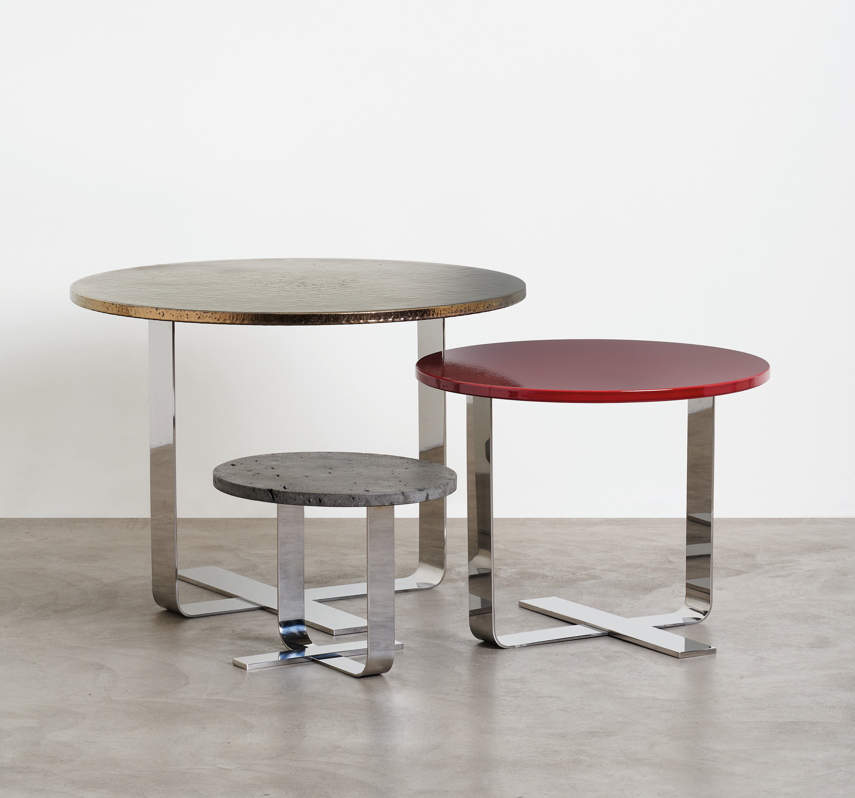
What trends do you foresee in the future use of natural stone in the furniture industry?
I foresee a continued emphasis on sustainability and the use of locally sourced materials, which will likely increase the demand for natural stone. There’s also a growing interest in unique and exotic stones, as clients seek out one-of-a-kind pieces that reflect their personal style. Additionally, I expect to see more experimentation with stone textures and finishes, moving beyond polished surfaces to include more tactile, natural finishes that highlight the stone’s organic qualities.
Do you expect the use of natural stone in interior design to become more widespread?
Yes, I do. As people become more conscious of the materials they bring into their homes, natural stone will continue to gain popularity. Its durability, sustainability, and timeless appeal make it an ideal choice for those looking to invest in high-quality, long-lasting pieces. Additionally, the versatility of natural stone in terms of design and application means it can be adapted to a wide range of styles, from traditional to contemporary, further broadening its appeal.
What are your clients’ demands and expectations regarding natural stone furniture?
My clients typically seek out natural stone furniture for its unique beauty and the sense of luxury it brings to a space. They expect pieces that are not only visually stunning but also functional and durable. Many of my clients are also increasingly interested in the story behind the materials– where the stone is sourced, how it’s processed, and its environmental impact. They appreciate the craftsmanship that goes into each piece and the fact that they are investing in something that is both beautiful and sustainable
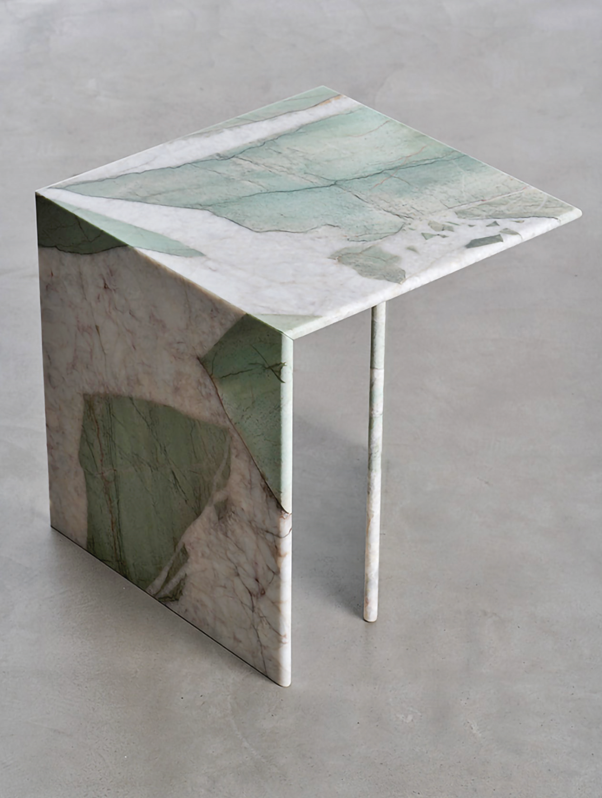






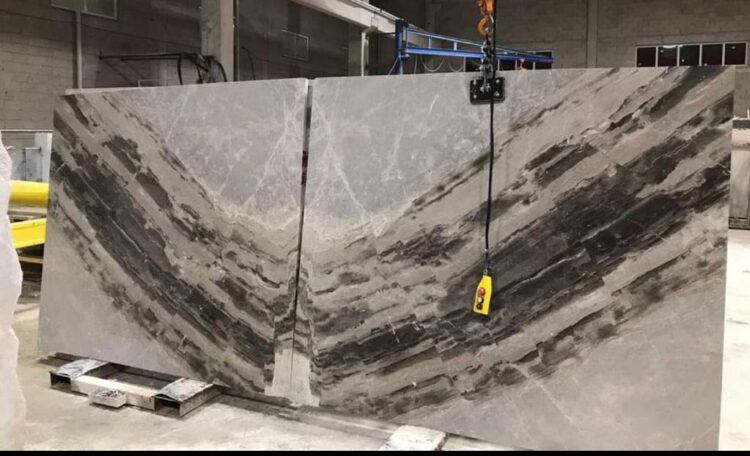
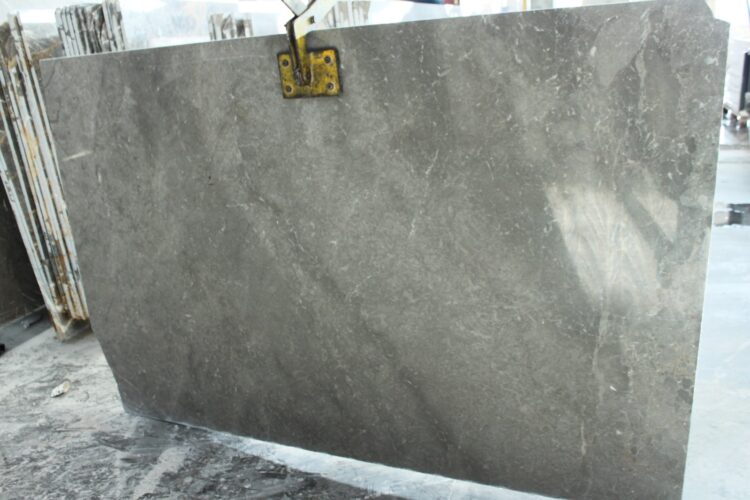














 +90 532 585 51 95
+90 532 585 51 95 +90 532 585 51 95
+90 532 585 51 95